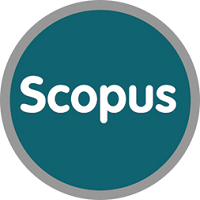The continuing role of Haemophilus influenzae type b carriage surveillance as a mechanism for early detection of invasive disease activity
Jacups, Susan (2011) The continuing role of Haemophilus influenzae type b carriage surveillance as a mechanism for early detection of invasive disease activity. Human Vaccines, 7 (12). pp. 1254-1260.
|
PDF (Published Version)
- Published Version
Restricted to Repository staff only |
Abstract
Prior to the introduction of Haemophilus influenzae type b (Hib) conjugate vaccines, Hib was the leading cause of bacterial meningitis in children under five years of age worldwide. In countries that have adopted Hib vaccination schedules, invasive disease has reduced markedly. Oro-naso pharyngeal carriage is recognized as the most significant source of infection. Hib carriage is significantly associated with poverty, such as overcrowding, poor ventilation in houses, lack of running water, and high smoking rates. Additionally, many Indigenous minority groups report high rates of Hib carriage. A resurgence of Hib disease among Alaskan children in the 1990s, lead to a change in approach to eliminate Hib disease and carriage in high-risk populations. This new approach identifies strategies for eliminating Hib disease focusing on the reservoirs of colonization within families and communities. Monitoring Hib carriage continues to offer an early warning system, whereby intervention could prevent invasive disease resurgence.
| Item ID: | 20917 |
|---|---|
| Item Type: | Article (Research - C1) |
| ISSN: | 1554-8619 |
| Date Deposited: | 12 Mar 2012 06:35 |
| FoR Codes: | 11 MEDICAL AND HEALTH SCIENCES > 1108 Medical Microbiology > 110804 Medical Virology @ 100% |
| SEO Codes: | 88 TRANSPORT > 8802 Water Transport > 880201 Coastal Sea Freight Transport @ 100% |
| Downloads: |
Total: 8 |
| More Statistics |



